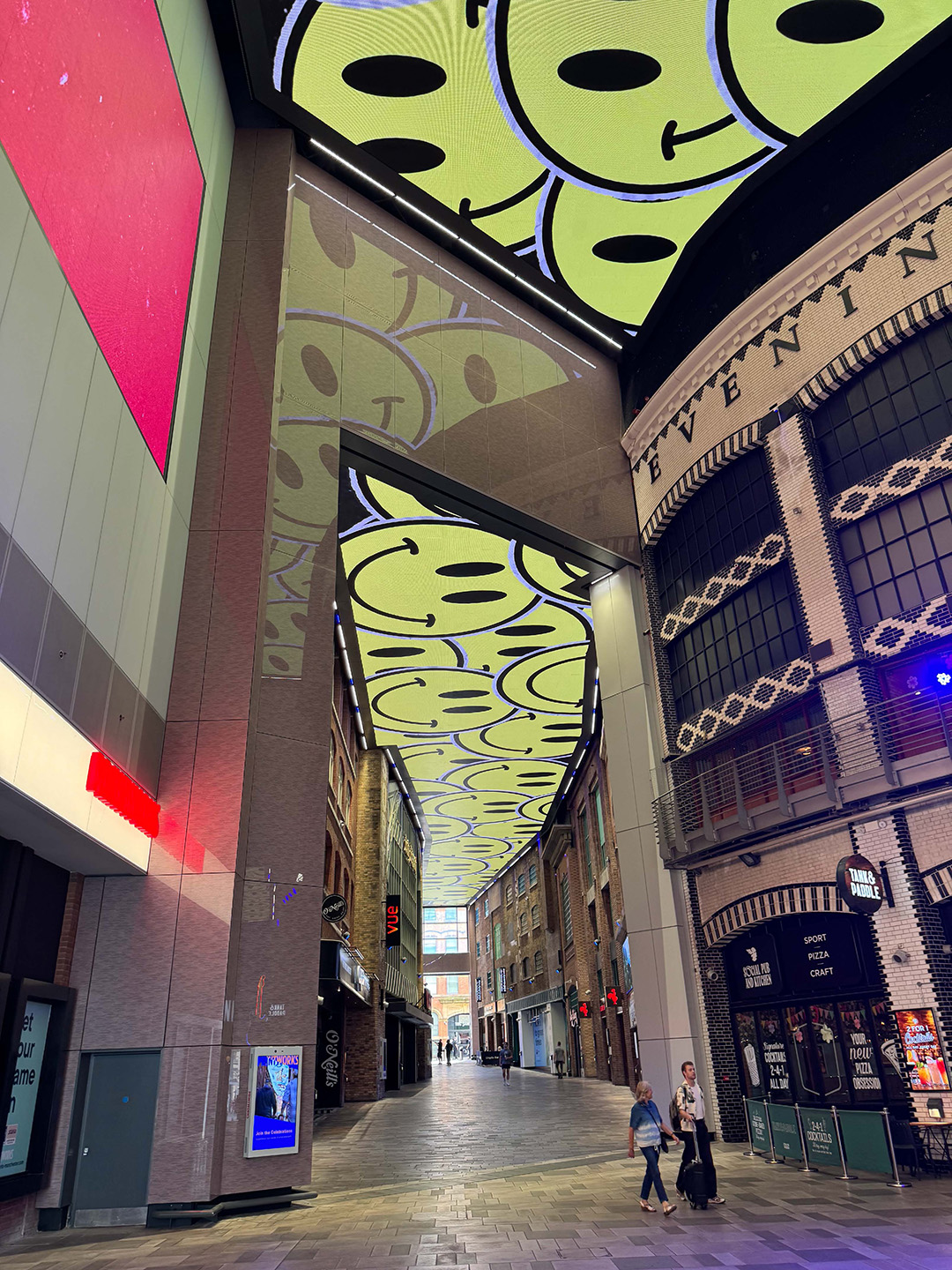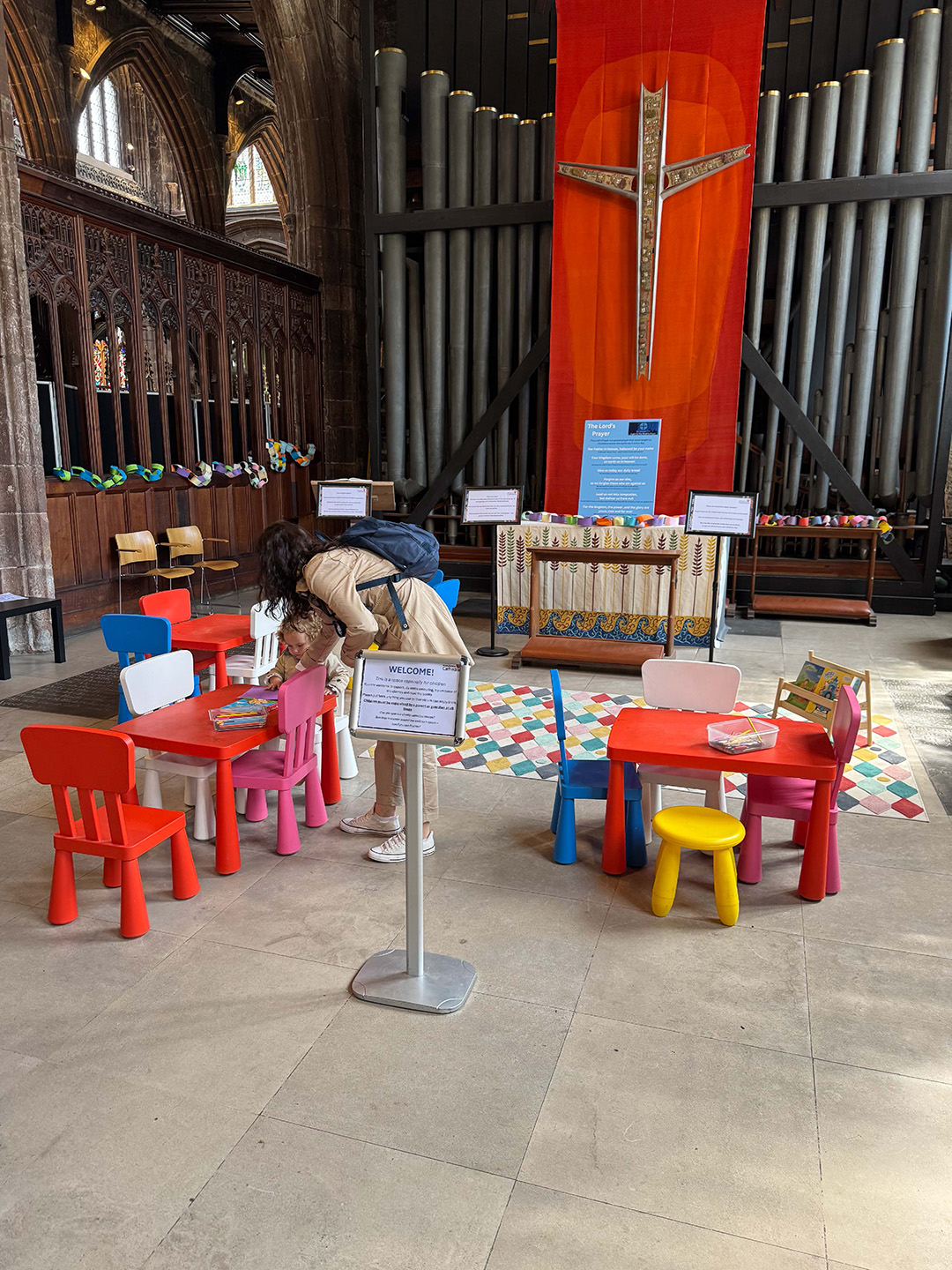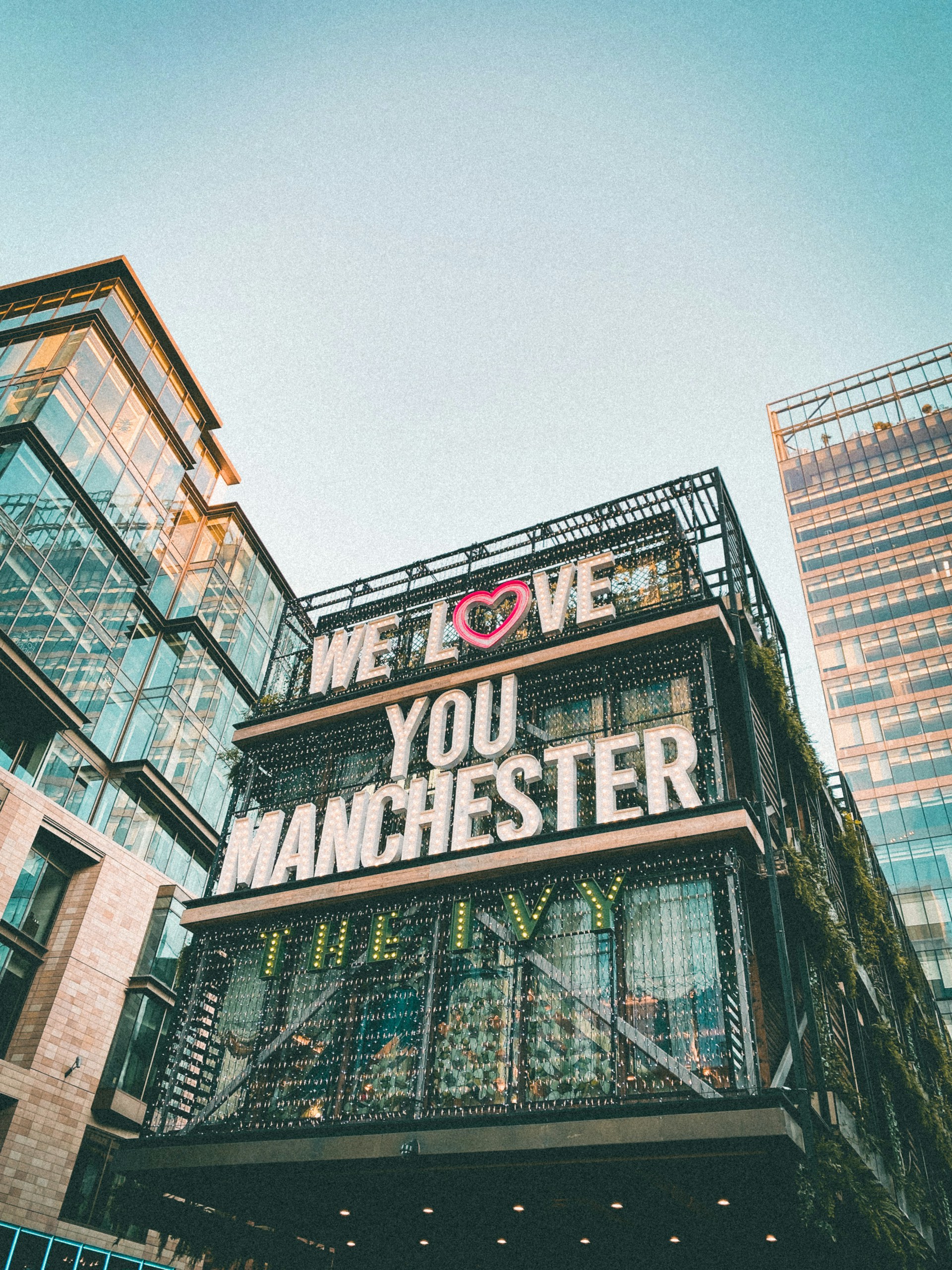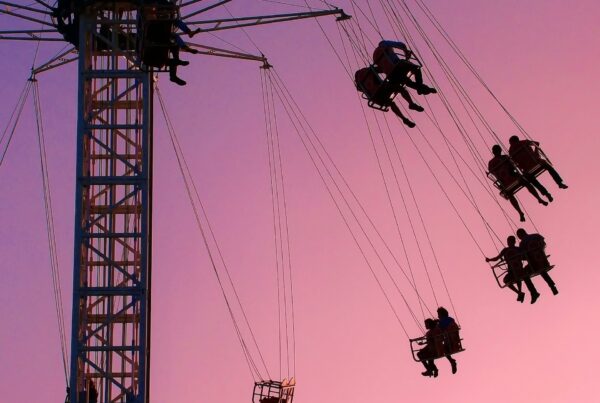I recently had the privilege of giving a lecture in Manchester at the “Experience on Main Street” conference, organized by Experience UK. Before and after the event, I had the opportunity to explore the city—and I must say, I was utterly amazed. In the best possible way. Let me tell you why.
So, what was the first thing I did after arriving in Manchester?
I visited Paddington. Yes, the bear. Sitting peacefully on a bench, wearing his blue coat and red hat. An icon. He instantly brought back childhood memories and made me smile. It was the perfect way to begin my Manchester experience—because the entire city felt like a journey of rediscovery and joy.

Once known as an industrial powerhouse, Manchester has undergone a remarkable transformation. Once defined by wool manufacturing, it has reinvented itself as a hub of knowledge, creativity, and innovation—especially in the field of AI. The university attracts a vibrant, international student community, and many companies now offer opportunities to a growing, highly educated workforce.
And all those people? They want to live well, spend their free time meaningfully, exercise, relax, and enjoy food and culture. Manchester has embraced this shift with a surprisingly simple but powerful strategy: put the needs and desires of people first. The result? A city full of high-quality experiences—whether in housing, sports, culture, parks, museums, entertainment, restaurants, shops, or working environments.
Honestly, I expected an old industrial town with a football obsession and not much else. What I found was very different: no heavy football branding in sight. Instead, I discovered a buzzing city center, home to the highest number of new bars and restaurants in the UK outside London. I was told the number of nightclubs is hard to believe!
There’s so much more. Vintage shops. Record stores. High-end brands. Innovative museums. Sports. Leisure. Lively public squares. Manchester lives — and the way the city invites you in, encourages discovery, and offers memorable experiences is remarkable.
Here are just three places where I felt the city’s new energy most vividly:
The Printworks
An old industrial building turned leisure destination—with bowling, gaming, bars, restaurants, and even a ceiling that made me smile! Located near the cathedral (which, by the way, has a **children’s play area inside**—the first I’ve ever seen. And yes, there were kids actually playing there. Unique and wonderful.)
The Northern Quarter
Close to the Printworks, this area was once filled with old offices and warehouses. Now? It’s buzzing with independent shops, bars, vintage stores, specialty record shops and one-of-a-kind cafés. If you’re into vintage clothes or unique gifts, this is your place. The atmosphere is vibrant, and the service in those small cafés is simply outstanding.
The Great Northern Warehouse
Just outside the city center and near my hotel, this spot brings together food, drinks, sports, culture, and small local stores. I played a quick game of table tennis and soaked up Manchester hospitality at its best.
So how did Manchester manage all this? They dared to lead.
The city council created a bold vision, made space for new developments, learned from other cities, and partnered with local entrepreneurs, universities, cultural organizations, and developers. They took risks, supported flexibility in licensing, and created room for experiments. And the results are outstanding: a city that people don’t just visit for football anymore – but for life itself.
The two key lessons from Manchester?
- Take the lead as a city. Make new things possible. Be flexible, pro-active, supportive, and open to innovation.
- Just try. Develop, test, monitor, and learn. Restart when necessary. Cooperate with others – you are stronger together. And always focus on creating memorable, engaging experiences.
A great example of something really outstanding is the children’s playground in the Manchester Cathedral. Also the church dares to be unique!

In an upcoming article I’m writing on leisure development in city centers, I will highlight the emergence of lifestyle districts. Manchester’s city center is a perfect example: a diverse, mixed-use area where people live, work, play, meet, and grow. A vivid, dynamic place powered by an experience economy strategy – the glue that binds it all together.
So here’s my advice: Go and visit Manchester.
And if you have time, catch a football match. It’s part of the experience, and a great one too.






